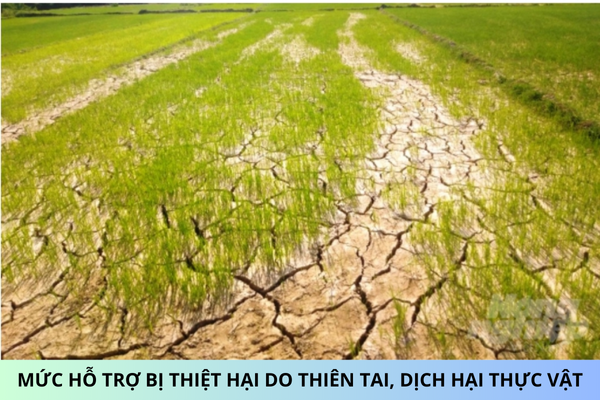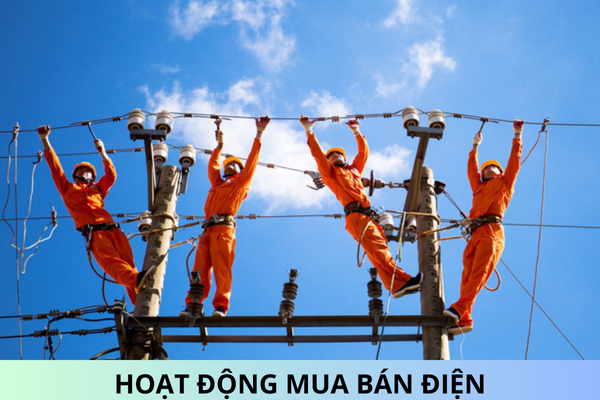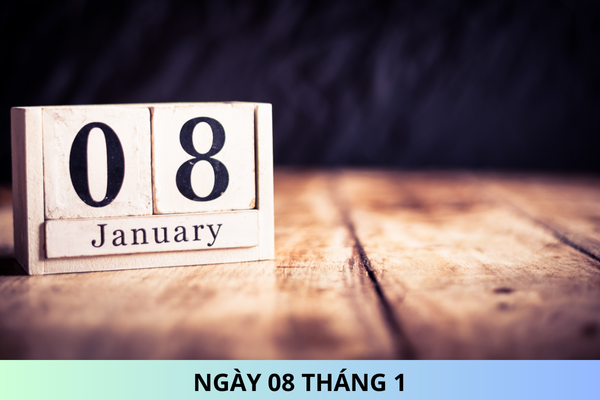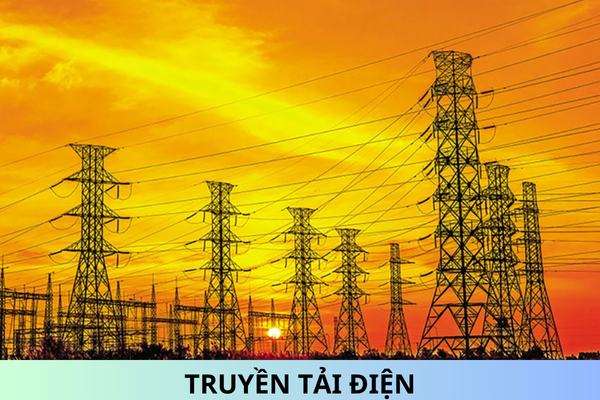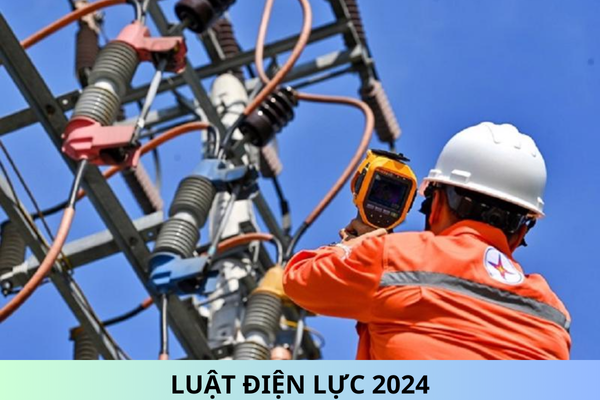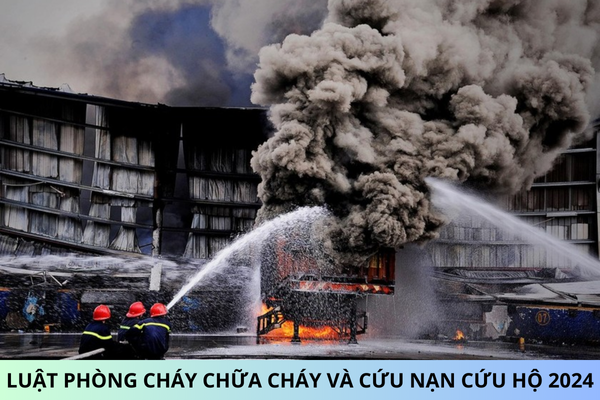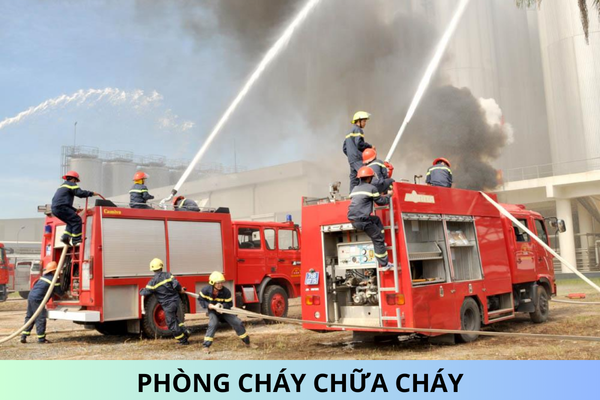What are regulations on national gravity bottom line in Vietnam? What is inspection and calibration of national gravity measuring instruments in Vietnam?
What are regulations on national gravity bottom line in Vietnam? What is inspection and calibration of national gravity measuring instruments in Vietnam? What are regulations on national gravity measuring instrument inspection system in Vietnam?
Please advise. Thankyou.
What are regulations on national gravity bottom line in Vietnam?
In Article 15, Circular 11/2020/TT-BTNMT stipulates as follows:
1. Each gravity bottom line has from 6 to 8 landmarks, the distance between landmarks is from 2 to 5 km. The landmarks of the gravity bottom line must be located in terrain areas with the difference in gravitational force acceleration between adjacent landmarks from 20 mGal to 50 mGal to ensure adequate verification of the measuring range of the measuring device, subject to stable geological conditions, no risk of human or natural impacts, intended for long-term use.
2. Specifications and dimensions of the bottom line gravity markers built outdoors are similar to the base gravity markers.
3. The gravity mark of the bottom line is measured using the relative gravity method. The accuracy of determining the gravitational acceleration value of the bottom line landmark must be ≤ ± 0.010 mGal.
4. The bottom line gravity landmarks are determined at the same coordinates and altitude as the base gravity landmark.
What is inspection and calibration of national gravity measuring instruments in Vietnam?
According to Article 16 of Circular 11/2020/TT-BTNMT stipulates as follows:
1. Verification of absolute gravity measurement equipment includes the following contents:
a) Check the adequacy of gravity measuring devices and accompanying auxiliary equipment including: controller, falling chamber support, spring support, falling chamber, spring chamber, ray emitter laser, ion pump, interferometer, laptop and software, connecting cables;
b) Check the balance of the gravity measuring device through the water bubbles of the falling chamber and the spring chamber;
c) Check and adjust the voltage of the laser source;
d) Check the intensity of the emitted laser beam and the stability of the laser path;
d) Check the voltage supplied to the vacuum chamber;
e) Check the falling chamber and interference patterns through an interferometer.
2. Verification of relative gravity measurement equipment includes the following contents:
a) Check the completeness of accessories attached to the gravity measuring device. Accessories attached to the gravity measuring device include: relative gravity measuring device, laptop, connecting cable, battery and backup battery;
b) Check the sensitivity of the elastic system, water bubbles, lights, scale, rotation of the reading screw, operation of the measuring instrument balancing screw;
c) Monitor the displacement of the "0" point of the gravity measuring device in the inspection room in a static state according to the manufacturer's technical regulations, ensuring that the readings on the measuring device are in the form of a linear graph in throughout the inspection period. In the dynamic state, the value of the digital reading scale (constant “C”) is taken on the national gravity bottom line as prescribed in Form No. 08 issued with this Circular;
d) Measure on the bottom line landmarks and compare the difference in gravitational force acceleration measured on the edges of the bottom line with its standard value, the error does not exceed ± 10% of the accuracy according to the standard of the measuring device.
3. Verify the gradient measuring device at the inspection laboratory. Measure gradients at locations corresponding to 0.25 m heights; 0.50 m; 0.75 m; 1.00 m above the datum surface, compare the measured gradient value with its reference value. Deviation requirements do not exceed ± 10% of the standard accuracy of the gradient measuring device.
4. When the above factors do not meet the manufacturer's technical requirements, calibration must be performed. Calibration of gravity measuring devices after testing according to the manufacturer's technical regulations.

What are regulations on national gravity bottom line in Vietnam? What are regulations on national gravity measuring instrument inspection system in Vietnam? (Image from the Internet)
What are regulations on national gravity measuring instrument inspection system in Vietnam?
Pursuant to Article 14 of Circular 11/2020/TT-BTNMT stipulates as follows:
1. Absolute gravity measuring instrument verification system includes:
a) Inspection landmarks are designed according to basic landmark specifications including 02 landmarks ≤1m apart placed in the inspection room, 02 landmarks with height difference ≤ 1m;
b) Equipment for testing optical parts of gravity measuring devices;
c) Equipment for checking the stability of electronic components of gravity measuring devices;
d) Means of measuring temperature, pressure and humidity.
2. The relative gravity measuring instrument verification system includes:
a) Gravity landmark at the inspection room serves to verify the displacement of the "0" point of the relative gravity measuring device in a static state;
b) The gravity bottom line serves to check the constant "C" and move the "0" point of the relative gravity measuring device in dynamic state.
Best regards!
